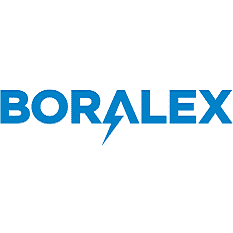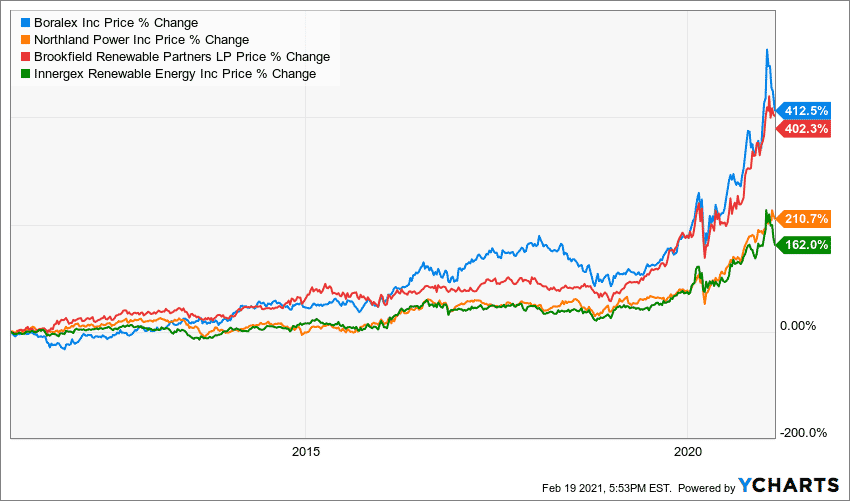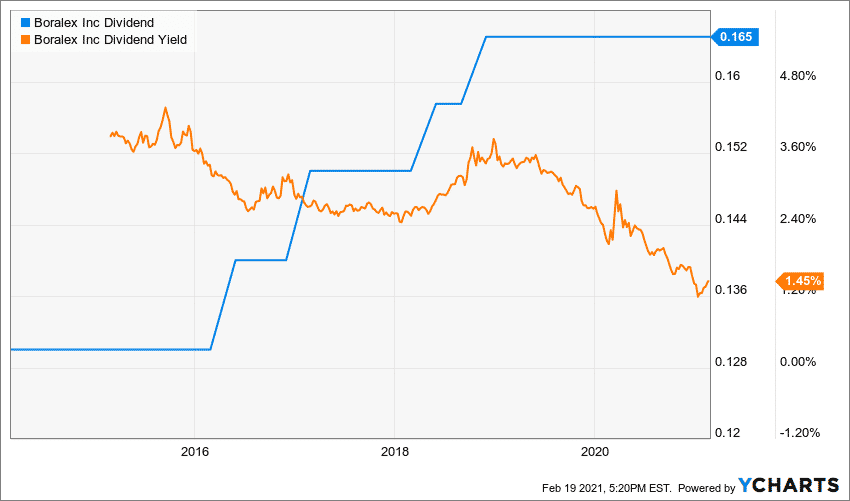Is Boralex (TSE:BLX) a Renewable Stock About to Crash?

Earlier this week we covered Canadian stocks in the exciting renewables sector, we talked about Innergex Renewables (TSX:INE), one of the smallest renewable stocks on the TSX Index. Today, we shift our focus to the smallest of the bunch – Boralex (TSX:BLX).
One of the smallest, but fastest growing in the industry
Despite being one of the smallest, Boralex has been one of the fastest growing in the industry. Over the past three and five year periods the company has managed to grow revenue and operating income at an average pace greater than 20% annually.
Typically, a growth stock is defined as having an average growth rate north of 10%. The fact that Boralex has been able to grow at such a pace for such a long time is quite impressive.
It is not surprising that this rapid pace of growth has also led to outperformance. Over the past decade, Boralex has been one of the best performing renewables. Over this period, it has returned more than 400% which is tops among its peers.

In fact, it has delivered investors double-digit annual returns every year since 2012 with one lone exception – a 26% loss back in 2018. They weren’t alone, the majority of renewable companies suffered big losses that year.
Slowing Growth
Can the company continue to outperform? Analysts expect the company to post 10% annual revenue growth in fiscal 2021 and that rate drops to approximately 5% in fiscal 2022. These are well below the company’s historical averages.
While revenue growth in the high, single-digits is nothing to be disappointed about, it appears that as the company is maturing, growth is slowing. This isn’t surprising – the bigger a company gets, the harder it is to match historical growth rates. Unless it does so through acquisitions – which is still a possibility for Boralex.
The good news is that the company is expected to reach a new era of profitability as net income is expected to jump materially from historical levels. This is also a sign of a company that is entering a new stage of maturity.
Dividend less than attractive
What about the company’s status as a dividend stock? The company’s primary focus has been growing the asset base and because of this, dividend growth has been spotty.
As you can see in the chart below, Boralex last raised the dividend in 2018 and it has been kept steady at $0.65 ever since. It had a mini-four year growth streak between 2015 and 2018, but growing the dividend simply hasn’t been a priority for the company.

Now that the company is expected to become more profitable, will dividend growth return? It will be one to watch as the company’s strong performance has negatively impacted the company’s yield. At a rate below 2%, it is the smallest among its peers.
Not many income investors are going to be attracted to that low yield and it is a big investor base that the company is missing out on.
The stock is overvalued
Another point worth mentioning – the company appears to have gotten ahead of itself in terms of valuation. Despite the recent pullback, Boralex is trading well above historical and industry averages.
A premium was likely deserved when it was growing at a 20% clip. However, now that growth is expected to slow and be more in-line with industry averages, the company looks expensive. Not that the company can’t grow into its valuation, but investors should not expect the same level of capital appreciation they have come to expect of Boralex.
This mini-boom in renewables and an improvement in the price of oil has some people looking back at Canadian oil producer plays such as Imperial Oil (TSE:IMO), or Canadian Natural Resources (TSE:CNQ)
Overall, with Boralex we have a strong performer that appears to be transitioning from a high growth company, to a more mature renewable utility. However, as growth slows Boralex will need to work on that dividend if it wants to compete with peers moving forward.
If you’re looking to buy this Canadian stock moving forward, you might want to wait for a dip.
